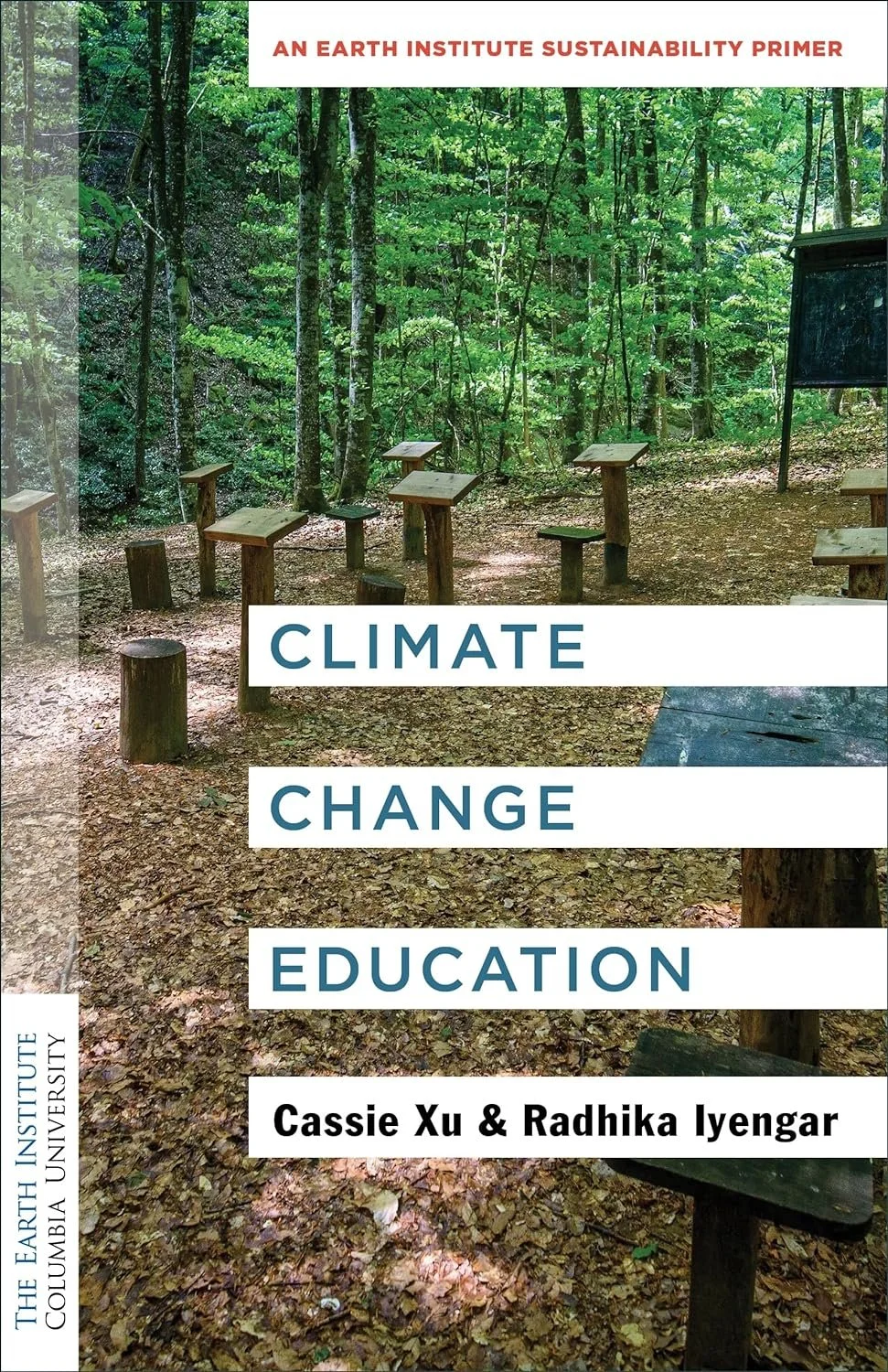Given the widespread impact of climate change for all generations, it is critically important how climate change is being taught in schools at all levels. This book offers a framework for making climate change education a priority and offers pedagogical tools for teaching climate science in order to better understand its physical and social impacts.
The authors suggest that because climate change is in and of itself a systems challenge, educators should be emphasizing the teaching and learning of climate change through systems thinking.
“A dynamic earth systems education grounded in systems thinking should not replace other educational frameworks and standards,” authors Cassie Xu and Radhika Iyengar explain. “It should complement existing structures, be integrative, and emphasize both physical and social systems. Systems linking is also not a topic or class that students can opt in to study. Instead, it should be treated as a holistic learning approach in which learners can acquire skills such as evaluating evidence, projecting risks and uncertainties, weighing options based on the information in front of them, and using their critical thinking and application skills to make well-reasoned decisions.”
The way climate change is currently treated inside classrooms can be very linear. For example, the earth science curriculum looks only at the hard sciences for solutions, but it is only one part of the puzzle. Other pieces of the puzzle include understanding human behavior or psychology, communicating climate change to skeptics, environmental injustice and inequality, and renewable energy, among others.
This book brings together case studies from the Columbia Climate School demonstrating that there is no one linear way to teach climate change through systems thinking and that systems thinking isn’t limited to educational environments.
